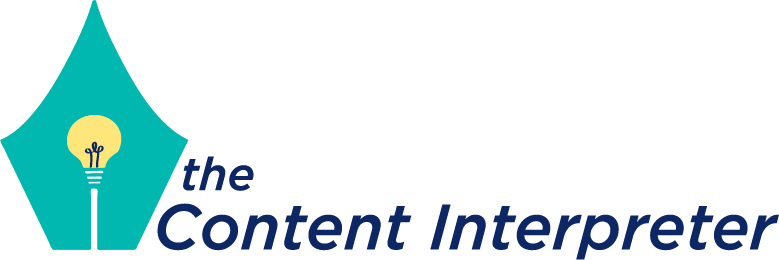By my nature, I’m not a confrontational person. Nonetheless, I recently found myself in the middle of a sizable family squabble. Harsh things were said, tempers were frayed, and emotions were laid bare. However, as most families fortunately do, we reconciled and came back together.
Why am I choosing to share this? And what does this have to do with your work (or my work, for that matter)?
Although these fights were unpleasant, they provided an opportunity to reexamine how ideas, whether they are written, spoken or visually depicted, take on two forms: the specific and the general form.
Take a look at your own work: you’ll have your specific message, a concept that you want the audience to take away with them, and you’ll also have a broader context for that message, something more universal. For example, one of my clients in the past was an orthodontist. He gave a seminar on a new surgical technique for academic credit, but the context of his mother’s inspiration - she was also an orthodontist - reinforced the technical aspects via storytelling.
How will this manifest itself in your content? There are many different ways, but I think it’s beautifully illustrated in a recent TED Talk from Kate Fagan. Her talk starts by addressing “lesser-known moments in women’s sports”, but it broadens to address what actually keeps us watching sports in general.
As I wrote in my LinkedIn post on this talk, I am fascinated by how ideas can flow from the specific to the general. This is what makes even the most technical of topics accessible to a broader audience without sacrificing the integrity of the specific. I’ve worked with many clients who thought theirs were too technical to be engaging, but reimagining your topic never fails to make it relatable.
To borrow from Kate Fagan’s talk, stakes and storylines foster audience engagement. As she also says, you have to tell the story to create those stakes. Don’t shy away from probing more deeply into your idea so you can tell the whole story.

